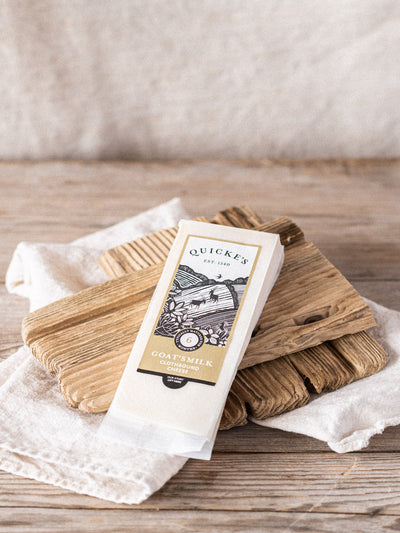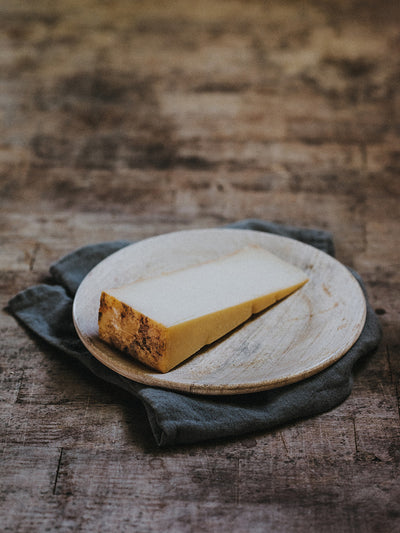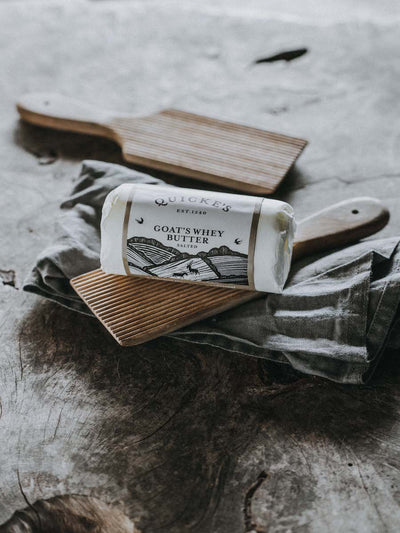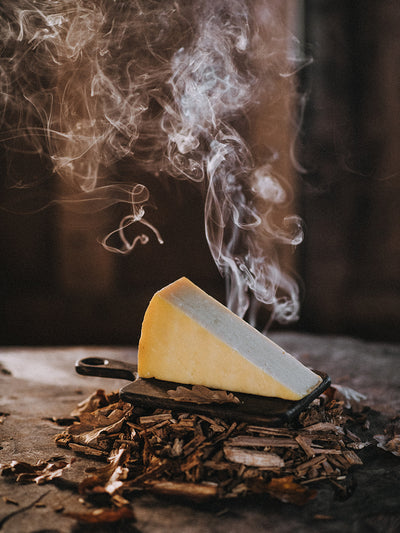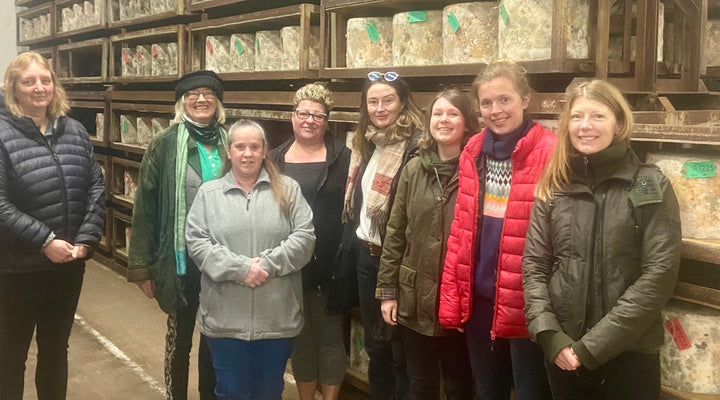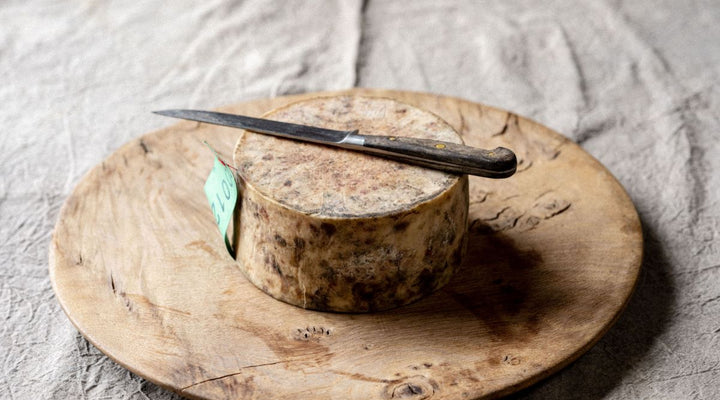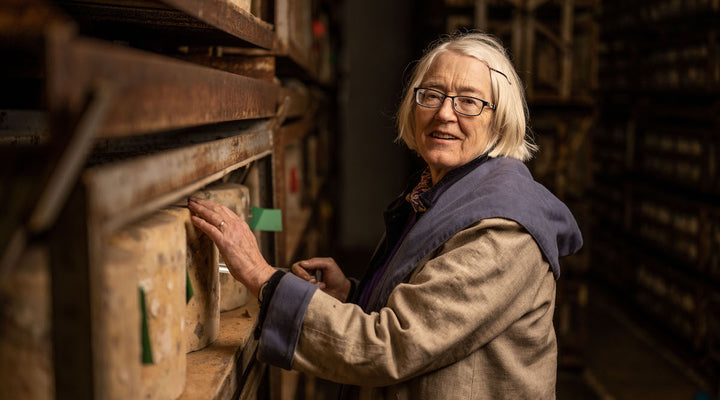NATURE
July is the natural world at its most blousy and full, leaves dark, dripping and heavy. At this mid point of the year, hedges have every season present. They are full of seeds of spring flowers, and scented with summer flowers, wild roses and honeysuckle, and autumn fruit like blackberries are just starting to ripen.
It’s been a good year for snakes: Tom Browne saw 2 slow worms, gorgeous and bronze-coloured mating in his garden. I once found their papery eggs in the warmth of a compost heap. I quickly covered them over and hoped no greedy fox, rat or badger found them before they hatched. He also saw a couple of grass snakes on the same day miles apart in our parish. Good to know they are thriving.
We can see deer grazing the ripening corn. We can spare a little, for the pleasure of seeing them. Buzzards fly heavily, well fed with the ceaseless supply of young rabbits. We are very glad to see the housemartins back, repairing their nests and raising families. They are fiercesome hunters, able to take down hornets, let alone flies and aphids. All sorts of fledglings are heading out in their first exploration of the world while trying to get the hang of flying: blue tits and wrens, rooks and ravens.
ARABLE
The barley is ripening, its heads nodding in the field, making visible the summer breezes. The wheat is sending its flowers out, over the broad flag leaf. Just like the trees and hedges, the crops are at their most prosperous, plants promising the riches of harvest, before the reality of combining calibrates our optimism. You can see why every year we get our hopes up: the wheat flowers look rich and juicy. It’s easy to forget it’s not grain yet.
The maize moves fast, the tiny plants of June growing fast, meeting in the rows and growing perhaps a couple of inches a day. It’s one of the few plants that collects rain in its leaves and has root hairs that can harvest water when there isn’t enough to supply the roots. Maize powerfully collects the sunshine and shifts the sun’s bounty to the winter to feed the cows.
The grass wants to set seed. To keep it rich and leafy for milking cows, we need to graze the leaves before they flower. This is the time of year that the clover starts spreading, its stolons running over the soil, putting down roots. From just a little at the start of a season, it can start to dominate a sward, scenting the fields and the milk with the delicate perfume of its flowers.
GRASS
So we keep the grass grazed and cut, the cows getting the leafiest and most nutritious paddocks. Any paddocks that get away from the cows, getting long and stalky, we will cut paddock by paddock for winter fodder. I love seeing the big machines at work. The task of a whole village working together is now done by a few people and machines, still working as a harmonious team, while the many who work in towns are freed from back-breaking labour. We get the visceral, ancestral satisfaction of knowing we have the winter’s feed in.
COWS
Autumn calving cows are on their holidays, free for a couple of months before the work of calving and milking begins again. For them, we actively want as stalky grass as we can find to keep their bellies big enough against the growing calf. You find them in the interesting corners of the farm, glossy and contented, whiling the long summer days away in calf-growing contemplation and rest. Spring calving cows are over the most demanding phase of calving and peak milk. Mostly they are in calf and settling into a routine of eating and resting and milking. And it’s lovely to follow them into a paddock and hearing nothing but cows tearing grass punctuated with the sound of skylarks.
Heifers not slowed down with a calf on board are lively and nosy. Turn up in a field and they come and find out what you are up to. And like any cow, sit down and they’ll come and check you out. It’s like they can’t work out how you suddenly got to be that shape.
DAIRY
Cheese is hot work now, and we’re glad the milk is less with the autumn cows dry. It’s got a richness of flavour I put down to pasture full of clover.
The coats of the young cheeses in store are less striking as warmer days give drier air and the mould gardens are less decorative. I wonder what flavour difference that gives to the cheese? We are just recognising the distinctive contribution of the store microflora to the flavour of the cheese. I guess it will get evened up through the year and more a cheese spends maturing through all the seasons.
RECIPE
I’m enjoying a cheesy tabbouleh. Prepare the giant cous cous in boiling water, allow to cool and mix in unreasonable amounts of grated Quicke’s Mature Cheddar, the best flavoured tomatoes you can find, diced cucumber, fresh chopped basil, fresh crushed garlic, a good olive oil, lemon juice, salt and pepper.

